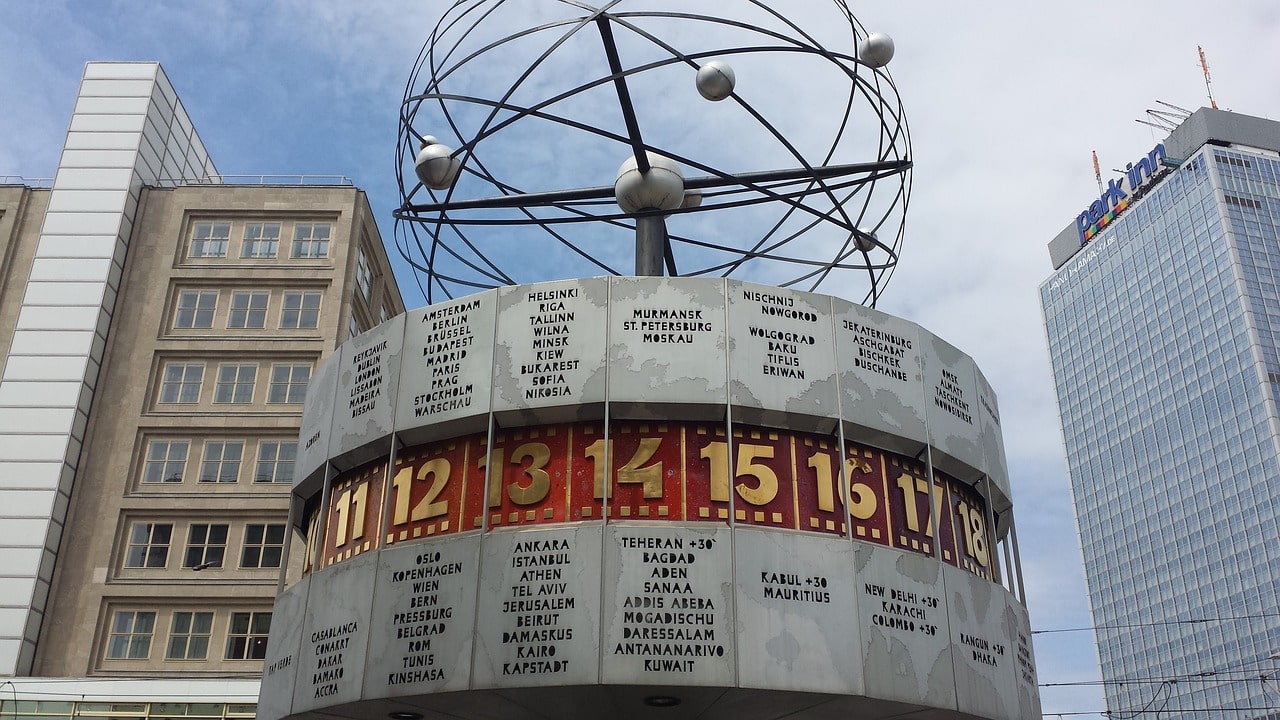The Difference Between GMT and UTC
GMT (Greenwich Mean Time) and UTC (Coordinated Universal Time) are often mentioned when discussing timekeeping. Both are used to reference specific times, but GMT is a time zone specific to certain regions, while UTC is a universal time standard used globally.

They serve different purposes and have unique characteristics. Understanding the difference between them is essential for accurate timekeeping, especially in a world that relies on precise timing.
GMT: A Time Zone
GMT is a time zone from the Royal Observatory in Greenwich, London. It was established in 1884 as the world's prime meridian or zero-degree longitude, which means that GMT is the starting point for time zones worldwide.
Being a time zone, GMT is used by specific regions and countries as their standard time, such as the United Kingdom during the winter months. When people refer to GMT, they usually talk about the local time in the Greenwich area or any other region that follows this time zone.
UTC: Not a Time Zone
UTC, or Coordinated Universal Time, is not a time zone but a time standard. It is the world's primary time standard regulating clocks and time. UTC is determined using highly accurate International Atomic Time and Universal Time, UT1. It serves as the basis for primary time standards worldwide.
Unlike GMT, UTC is not tied to any specific location. It's a more precise time measurement and does not change with the seasons or daylight-saving practices. UTC is used globally in scientific research, aviation, and any field that requires highly accurate timekeeping.
UTC, GMT, and Daylight Saving Time
While GMT is affected by Daylight Saving Time (DST), UTC is not. In the United Kingdom, for example, GMT is used during winter. However, when DST begins in the summer, the UK shifts to British Summer Time (BST), GMT+1.
UTC, on the other hand, remains constant throughout the year. It does not observe daylight saving, making it a more stable reference point for international timekeeping. When local times shift due to DST, they are simply expressed as an offset from UTC, such as UTC+1 or UTC-5.
Why the Difference Matters
The difference between GMT and UTC is crucial for various fields, from aviation and space exploration to global finance and online communication. In aviation, flight schedules are often set according to UTC to ensure consistency across different time zones. Similarly, global financial markets use UTC to synchronize trading activities and avoid discrepancies due to local time variations.
Knowing whether a region follows GMT or is using a different offset from UTC can help avoid confusion for individuals, especially those who frequently travel or communicate across time zones. Additionally, understanding that UTC is a constant, universal standard while GMT is a time zone affected by DST can aid in planning and scheduling activities that involve multiple regions.



